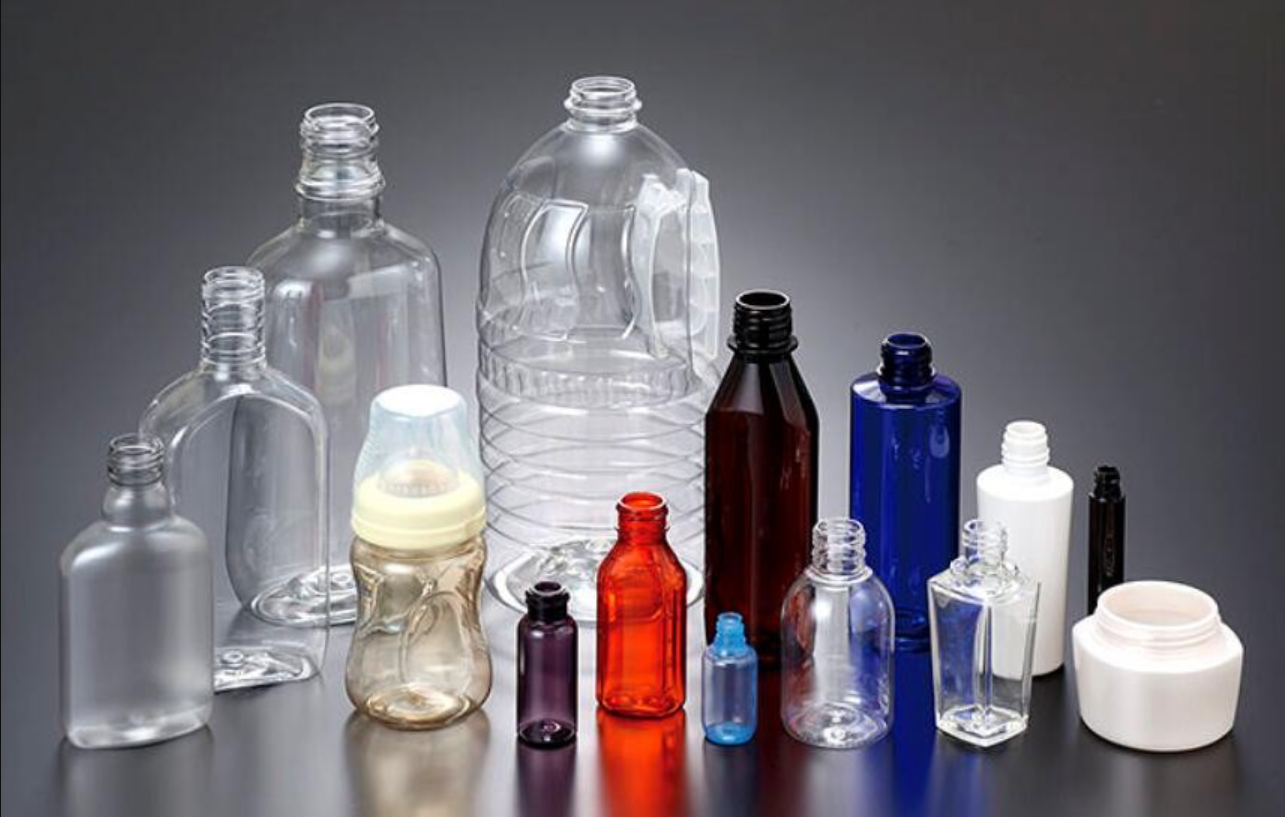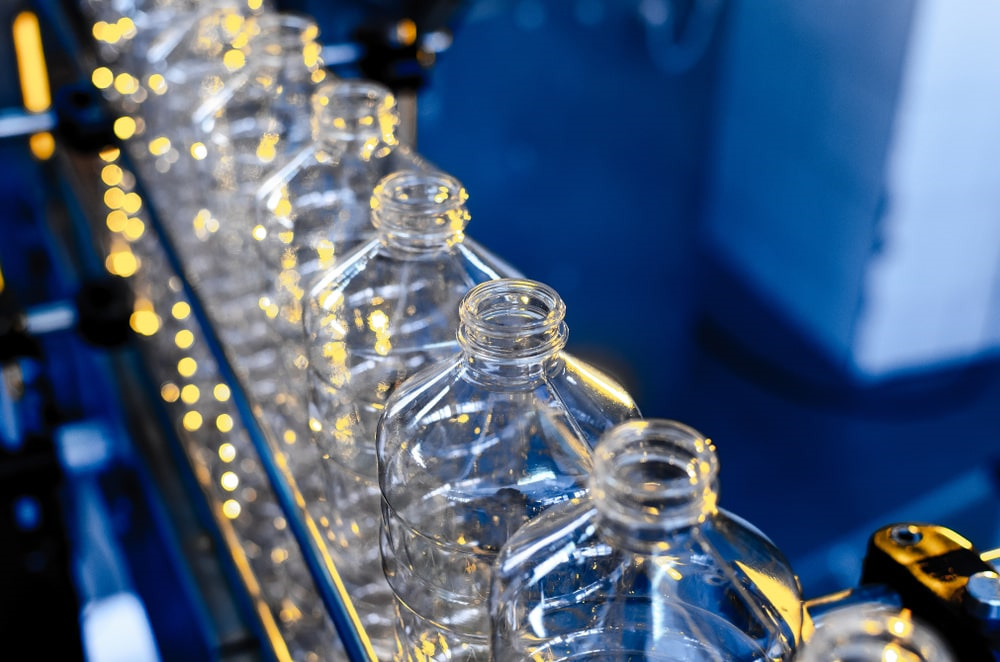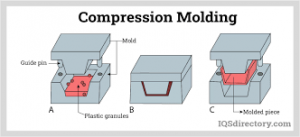Mold can be a sneaky intruder, especially in places like plastic bottles. These bottles often offer the perfect environment: damp, dark, and closed off. You might spot the unsightly black or green patches inside your bottle and think it’s a lost cause. But hold on! Don’t throw that bottle away just yet. With the right approach, you can reclaim your bottle from the clutches of mold.
Knowing how to effectively clean and prevent mold in your bottle not only saves money but also ensures your health isn’t at risk. This guide will provide you with simple, actionable steps to get your bottle sparkling clean and mold-free. So, if you’ve ever wondered how to tackle mold in your plastic bottle, you’re in the right place! Let’s start on this cleaning journey together.

How to get mold out of plastic bottle: the step by step process
1. Understand the Enemy: Mold!
Mold loves moist environments. In a closed, damp bottle, mold thrives. You’ve probably seen its unsightly spots and smelled its musty odor. We need to clean it, and more importantly, prevent it.
2. Gather Your Cleaning Tools
Before diving in, ensure you have:
- Warm water
- Dish soap
- A bottle brush
- White vinegar or baking soda
- A small bowl
- A cloth or sponge
3. Empty the Bottle
First things first, empty the bottle. Pour out any leftover liquid and dispose of it.
4. Pre-rinse with Warm Water
Warm water helps loosen mold. Fill the bottle with it. Shake it well. Then, empty the bottle.
5. Dish Soap Works Wonders
Add a few drops of dish soap inside. Fill the bottle halfway with warm water. Shake it vigorously. The soapy water should reach all parts of the bottle.
6. Scrub Away
Insert the bottle brush. Scrub thoroughly. Focus on the moldy spots. Remember, the brush should reach the bottle’s base and its sides.
7. Natural Cleaners to the Rescue
For stubborn mold, natural cleaners help. White vinegar and baking soda are popular choices.
8. Using White Vinegar
Fill the bottle halfway with white vinegar. Let it sit for about 10 minutes. The vinegar works to kill the mold. After waiting, use the bottle brush to scrub inside again.
9. Opting for Baking Soda
Alternatively, use baking soda. Add 2-3 teaspoons to the bottle. Fill it with warm water. Shake it well to mix. Let it sit for 15 minutes. The baking soda breaks down the mold. Now, get scrubbing with that bottle brush!
10. Rinse, Rinse, Rinse
After scrubbing, empty the bottle. Rinse it several times with clean water. Ensure no cleaning residues remain.
11. Inspect Your Work
Check the bottle carefully. Make sure you’ve removed all mold spots. If any mold remains, repeat the cleaning process.
12. Dry the Bottle
Drying is crucial. Mold loves moisture, remember? After rinsing, leave the bottle open. Place it upside down on a dish rack. Let it air dry completely.
13. For Tight Spots: Use a Cloth
Sometimes, the bottle’s neck or corners hold moisture. Take a clean cloth or sponge. Push it into the bottle. Rotate it around to absorb any leftover moisture.
14. Storage Matters
Once cleaned, store the bottle with its cap off. This practice prevents moisture buildup and mold growth.
15. Regular Cleaning is Key
To avoid mold, clean your bottle after each use. Regular cleaning reduces the chances of mold formation.
16. Sunlight is Mold’s Enemy
Every once in a while, let your bottle sunbathe. Natural sunlight works against mold growth. Leave your bottle in direct sunlight for a few hours.
17. Stay Hydrated, Stay Safe
Hydration is vital. While we aim to drink more water, ensure your bottle remains clean. A mold-free bottle supports your health.
18. Consider Replacement
Sometimes, a bottle is past its prime. If you’ve cleaned it multiple times, and mold keeps returning, consider a new bottle. Health comes first!
19. Educate Others
Share your knowledge. Tell friends and family about mold prevention. Together, we can all enjoy clean, refreshing drinks.
There you have it, a comprehensive guide on battling mold in plastic bottles. With these easy steps, your bottle will be mold-free in no time. The key is regular cleaning and proper drying. By adopting these habits, not only will your bottle be clean, but you’ll also ensure that you’re sipping from a safe, hygienic container. So, here’s to clean bottles and refreshing drinks! Cheers!

FAQs
Why does mold grow inside plastic bottles?
Mold thrives in damp, dark environments. When water or any liquid remains in a closed bottle for extended periods, it creates the perfect setting for mold growth.
Is it safe to drink from a bottle that once had mold?
After thoroughly cleaning and removing all mold, it’s generally safe. However, always inspect the bottle before use. If there’s any doubt or recurring mold, consider replacing the bottle.
Which is better for mold removal: white vinegar or baking soda?
Both are effective natural cleaners. White vinegar has acidic properties that kill mold, while baking soda helps break down mold. Your choice depends on personal preference and what you have on hand.
How can I prevent mold growth in my bottle in the future?
To prevent mold, always empty and rinse your bottle after use. Allow it to air dry completely, preferably upside down, and store it without the cap on.
How often should I clean my plastic bottle?
For best hygiene, clean your bottle after every use. Regular cleaning reduces the risk of mold formation and ensures you’re drinking from a clean container.



